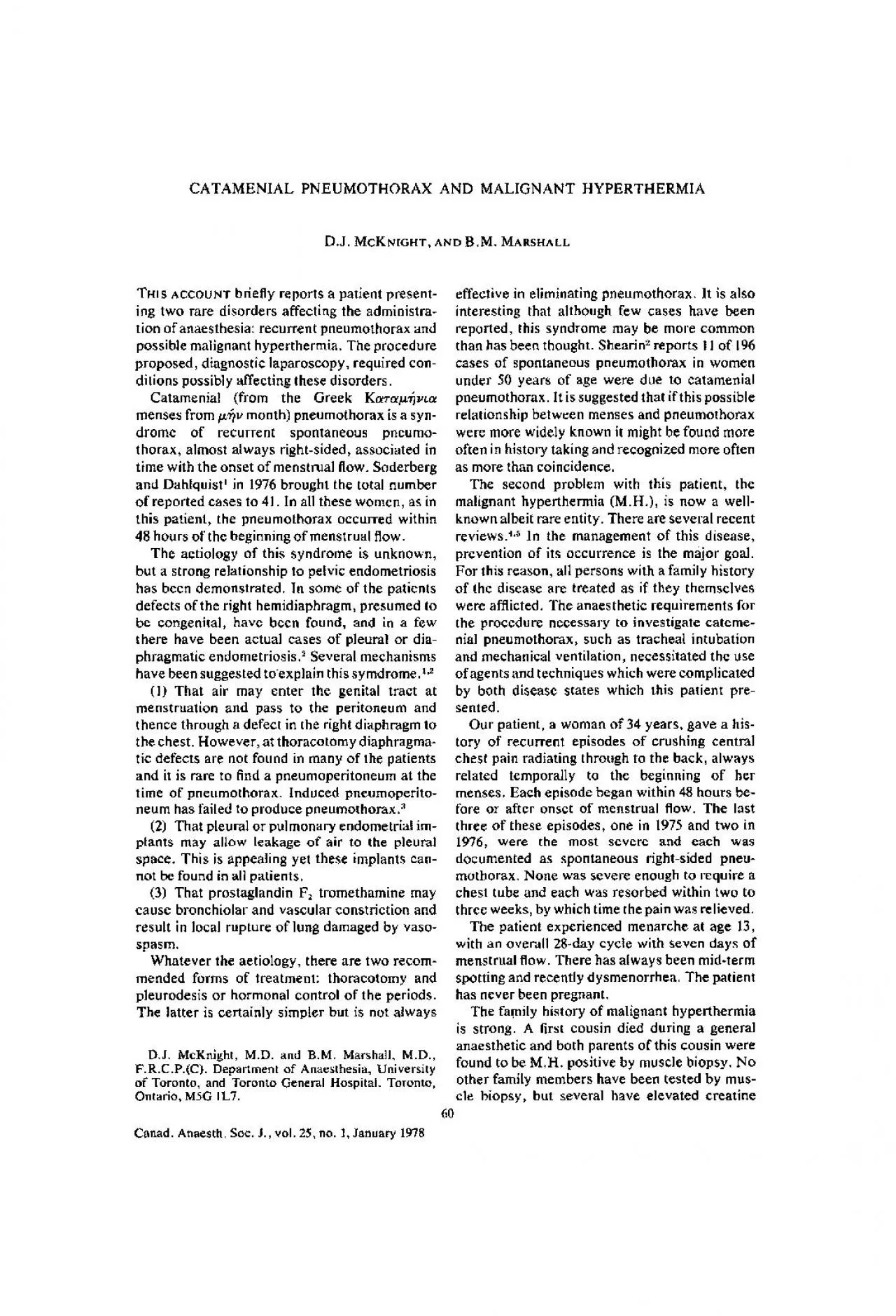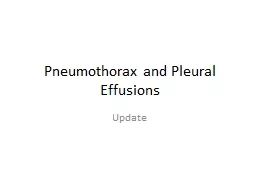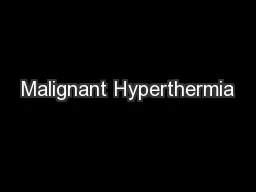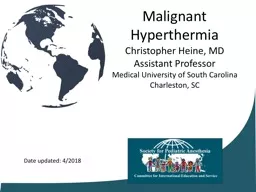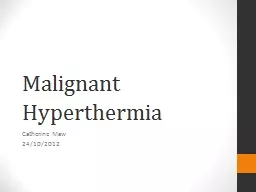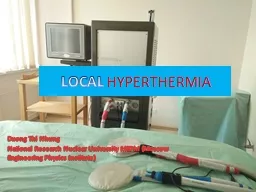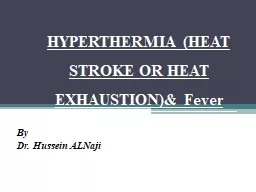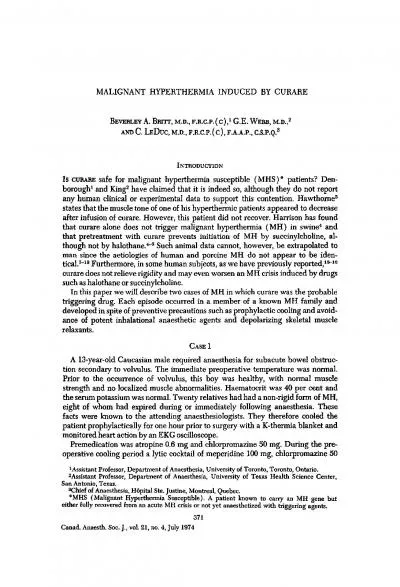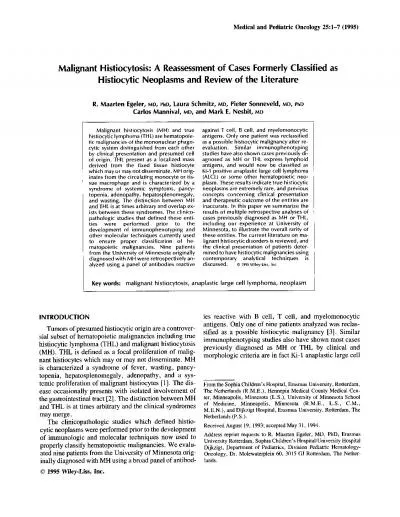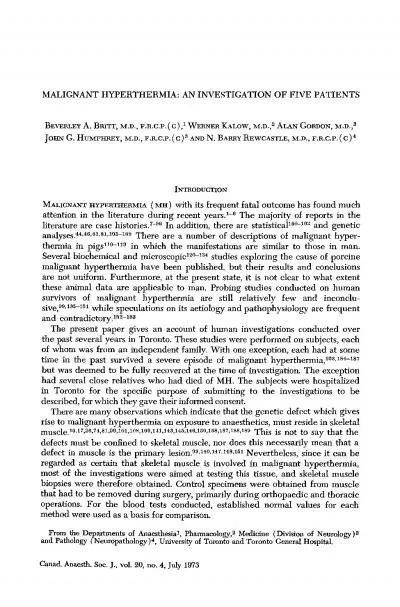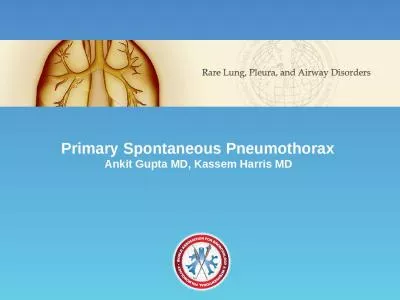PDF-PNEUMOTHORAX AND MALIGNANT HYPERTHERMIA
Author : winnie | Published Date : 2022-08-21
DJ McKNtGHT AND BM MARSHALL Tins ACCOUNT briefly reports a patient present ing two rare disorders affecting the administra tion of anaesthesia recurrent pneumothorax
Presentation Embed Code
Download Presentation
Download Presentation The PPT/PDF document "PNEUMOTHORAX AND MALIGNANT HYPERTHERMIA" is the property of its rightful owner. Permission is granted to download and print the materials on this website for personal, non-commercial use only, and to display it on your personal computer provided you do not modify the materials and that you retain all copyright notices contained in the materials. By downloading content from our website, you accept the terms of this agreement.
PNEUMOTHORAX AND MALIGNANT HYPERTHERMIA: Transcript
Download Rules Of Document
"PNEUMOTHORAX AND MALIGNANT HYPERTHERMIA"The content belongs to its owner. You may download and print it for personal use, without modification, and keep all copyright notices. By downloading, you agree to these terms.
Related Documents

